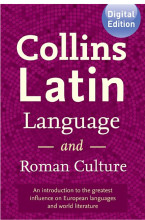Psychological Development Across the Lifespan - Margaret Mahler
3 important questions on Psychological Development Across the Lifespan - Margaret Mahler
Who was Margaret Mahler?
In other words, Mahler applied the scientific method to clinical theory, some thing few psychoanalytic theorists had bothered to do previously. Mahler was roughly contemporary with John Bowlby and Mary Ainsworth, the founders of attachment theory, who were also pioneers in this domain.
What is the egg metaphor?
What did Mahler mean by hatching?
Around five months, the child starts to show increased awareness and interest in the surrounding world. It is as if the child is hatching out of the shell, finally entering the world psychologically as well as physically.
The question on the page originate from the summary of the following study material:
- A unique study and practice tool
- Never study anything twice again
- Get the grades you hope for
- 100% sure, 100% understanding
































